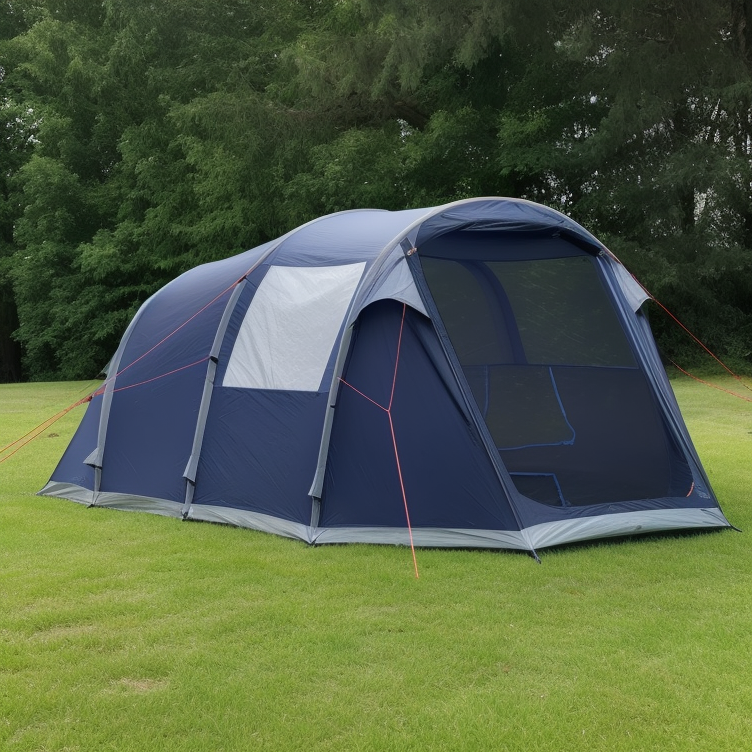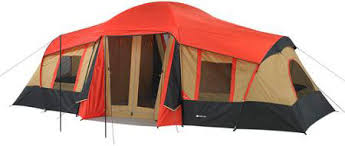
Choosing the right tent starts with knowing what you need it for. If you’re a backpacker, weight matters more than fancy extras, right? For a family outing, though, comfort and space can take priority. It’s all about what fits the vibe of your adventure.
Think about the season and weather. If you’re hitting the trails in the summer, you need something that breathes well. Heading out in the fall? You’ll want something that stands up to wind and rain. Understanding the climate helps you decide what features matter most.
Capacity isn’t just about how many can sleep inside but also where you’ll stash your gear. A solo trip versus a group camping weekend demands a completely different setup. Make a mental list of the must-haves so you aren’t cramming in like sardines.
Don’t forget to factor in personal preferences, like how much you value comfort over weight and portability. If you’re fine with carrying a bit more for extra comfort, go for it. It’s your trip, after all. The perfect tent isn’t just one that fits your needs; it’s one that enhances your overall camping experience.
Deciphering Tent Features: What Truly Matters

Let’s talk tent types. Each comes with its own set of perks and quirks. Dome tents are a breeze to set up and handle wind like a champ. Cabin tents? They’re like your portable home away from home and are great for glamping-style family getaways. On the other hand, tunnel tents maximize space for long expeditions, and backpacking tents cut weight like a champ for when every ounce counts.
Materials matter. Check if the tent fabric is breathable yet waterproof, and can block those sneaky UV rays—’cause sunburned nights are no one’s cup of tea. The key here is balance; you want something sturdy without it feeling like you’re hauling bricks around.
How the poles are designed really affects setup time. Some people love the hassle-free simplicity of freestanding tents, while others don’t mind spending extra minutes staking out for better stability. Knowing this helps avoid a setup-induced meltdown during your first night under the stars.
Next up, ventilation. A tent without enough airflow gets stuffy fast, especially in humid conditions. Look for mesh panels or vents that help with air circulation, keeping things fresh inside. Condensation can turn a cozy night into a damp morning, so don’t underestimate the power of a well-ventilated tent.
You want your tent to last season after season, right? Durability often clashes with weight, but that doesn’t mean you have to compromise too much. Focus on the essentials that keep a tent sturdy against the elements while keeping it light enough to carry around comfortably.
Price Vs. Value: How to Get the Best ROI for Your Investment
Crafting a budget is step one. If you camp only a few times a year, a wallet-friendly option might do just fine. Passionate about hitting the trails every other weekend? Consider a more durable tent to handle the wear and tear.
Brands with a solid reputation often offer warranties that give peace of mind. These warranties mean the manufacturer literally stands by their product, which can be a lifesaver if something goes awry.
Reviews are golden. Both user and expert opinions can offer fresh insights into a tent’s performance beyond what shiny brochures will tell you. Look for consistent praises or complaints—they usually point to things you should know about.
Shopping is all about timing. Price comparisons, keeping an eye out for sales, or even waiting until the end of the camping season can net you a sweet deal. Limber up your fingers for some clicking around the internet to snag the best price.
With any investment, balance cost against expected use. Spending a bit more upfront on a reliable tent could mean not having to replace it a few seasons down the line. The payoff of a durable, well-cared-for tent is in all those hassle-free pitch-ups and take-downs.
